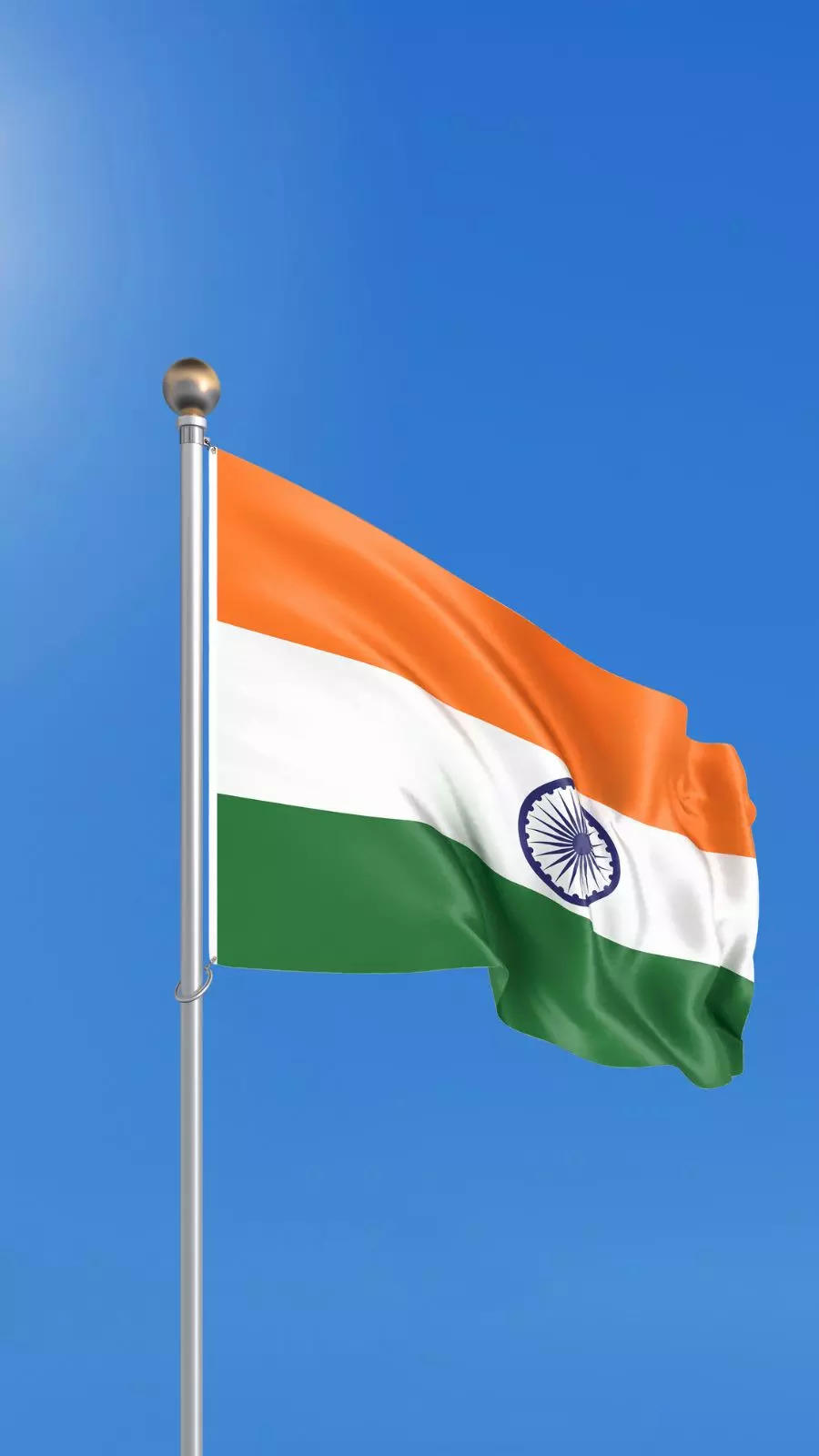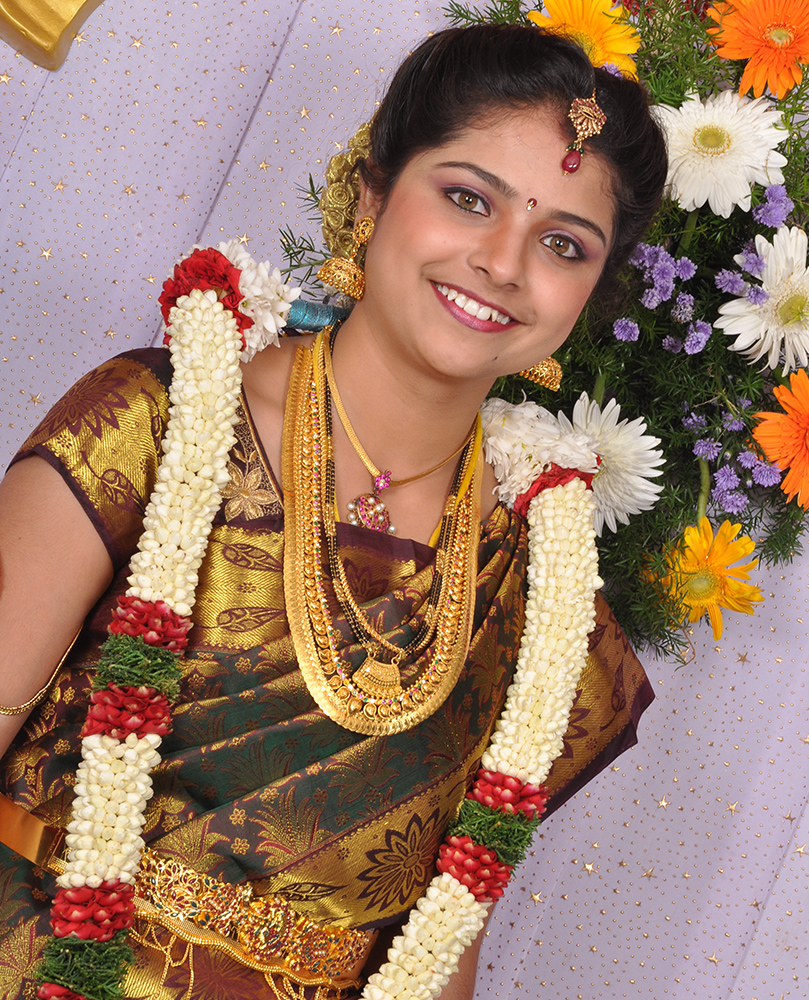India is a country steeped in history, traditions, and vibrant cultural expressions that continue to influence the world today. From its ancient roots to its modern-day advancements, India stands as a testament to the power of diversity and unity. This article delves into the multifaceted aspects of the Indian identity, exploring its culture, traditions, and the dynamic changes shaping its future.
India, with its sprawling landscapes and bustling cities, offers a unique glimpse into a civilization that has thrived for millennia. The nation’s rich history is interwoven with its cultural and religious diversity, making it a fascinating subject for those eager to learn more about the world's largest democracy.
In this article, we will examine various dimensions of the term "Indian," exploring its historical, cultural, and contemporary contexts. By the end of this piece, you will gain a deeper understanding of what it means to be Indian in today's interconnected world.
Read also:Was Kelsea Ballerini A Contestant On American Idol
Table of Contents
- A Glimpse into Indian History
- Cultural Diversity in India
- Religious Landscape of India
- Indian Languages: A Tapestry of Communication
- Culinary Delights: Indian Cuisine
- Traditional Practices and Festivals
- Modern India: Advancements and Challenges
- Economic Growth and Global Influence
- Tourism in India: Attractions and Adventures
- Conclusion: The Future of Indian Identity
A Glimpse into Indian History
India's history dates back thousands of years, with evidence of early human settlements found in the Indus Valley Civilization. This ancient civilization, which flourished around 2600 BCE, was one of the world's first urban cultures. The ruins of cities like Mohenjo-Daro and Harappa provide valuable insights into the sophisticated infrastructure and social systems of the time.
Over the centuries, India has been shaped by various dynasties and empires, including the Maurya, Gupta, Mughal, and British. Each of these regimes left an indelible mark on the country's culture, architecture, and governance. The Mughal Empire, for instance, introduced Persian influences that can still be seen in India's art, architecture, and cuisine.
Key Historical Events:
- 2600 BCE: Indus Valley Civilization
- 322 BCE: Establishment of the Maurya Empire
- 1526 CE: Arrival of the Mughal Empire
- 1947 CE: Indian Independence from British Rule
Historical Contributions to the World
India has made significant contributions to global knowledge, particularly in the fields of mathematics, medicine, and philosophy. The concept of zero, for example, originated in India and revolutionized mathematical thinking worldwide. Ayurveda, an ancient system of medicine, continues to influence modern healthcare practices.
Cultural Diversity in India
India is renowned for its cultural diversity, with each region boasting unique traditions, languages, and customs. This diversity is celebrated in festivals, music, dance, and art forms that reflect the country's rich heritage. From the vibrant Holi festival in the north to the intricate Kalaripayattu martial arts in the south, India's cultural expressions are as varied as its landscapes.
Key Cultural Elements
Music and Dance: Indian classical music and dance forms, such as Bharatanatyam, Kathak, and Odissi, are celebrated worldwide for their intricate techniques and emotive storytelling. These art forms have been passed down through generations, preserving the cultural essence of India.
Read also:Discovering Camilla Araujo A Rising Star And Her Inspiring Journey
Art and Craft: Indian artisans are known for their exquisite craftsmanship, creating everything from hand-woven textiles to intricate metalwork. Each region has its own signature style, contributing to the country's rich artistic heritage.
Religious Landscape of India
Religion plays a central role in Indian society, with Hinduism, Islam, Christianity, Sikhism, Buddhism, and Jainism being the major faiths practiced in the country. Each religion brings its own set of beliefs and practices, creating a vibrant tapestry of spiritual expression.
Key Religious Festivals:
- Diwali: The Festival of Lights celebrated by Hindus, Sikhs, and Jains
- Eid-ul-Fitr: A significant festival for Muslims
- Christmas: Celebrated by Christians across the country
Spiritual Significance
India is home to numerous sacred sites, including the holy city of Varanasi, the Golden Temple in Amritsar, and the Ajanta and Ellora Caves. These places attract millions of pilgrims and tourists each year, showcasing the country's deep spiritual roots.
Indian Languages: A Tapestry of Communication
India is home to 22 officially recognized languages, with Hindi and English being the most widely spoken. Each language carries its own unique script, grammar, and vocabulary, reflecting the diversity of the Indian population. The Constitution of India recognizes the importance of linguistic diversity, encouraging the preservation and promotion of regional languages.
Popular Languages:
- Hindi
- Tamil
- Bengali
- Telugu
Language Policy
India's language policy emphasizes multilingualism, allowing citizens to use their mother tongue in official and educational settings. This approach fosters inclusivity and ensures that linguistic minorities are not marginalized.
Culinary Delights: Indian Cuisine
Indian cuisine is celebrated worldwide for its bold flavors and diverse ingredients. From spicy curries to sweet desserts, Indian food offers a sensory experience like no other. The use of spices such as turmeric, cumin, and cardamom not only enhances the taste but also provides numerous health benefits.
Regional Specialties
Each region in India has its own culinary traditions, influenced by climate, geography, and cultural practices. For example, the coastal states of Kerala and Goa are known for their seafood dishes, while Punjab is famous for its hearty breads and rich gravies.
Traditional Practices and Festivals
Festivals in India are a time of joy and celebration, bringing communities together in shared rituals and traditions. These events often have deep spiritual significance, marking important milestones in the agricultural or religious calendar.
Popular Festivals:
- Diwali: Celebrating the victory of light over darkness
- Holi: The festival of colors symbolizing the arrival of spring
- Dussehra: Commemorating the triumph of good over evil
Traditional Clothing
Traditional attire in India varies by region, with saris, kurtas, and dhotis being some of the most common garments. These outfits are often adorned with intricate embroidery and embellishments, reflecting the wearer's cultural identity.
Modern India: Advancements and Challenges
In recent decades, India has made significant strides in technology, science, and innovation. The country is home to some of the world's leading IT companies and has launched successful space missions, including the Mars Orbiter Mission. However, India also faces challenges such as poverty, inequality, and environmental degradation.
Technological Innovation
India's tech industry has grown rapidly, with cities like Bangalore and Hyderabad becoming global hubs for software development and engineering. Startups and entrepreneurs are driving innovation, creating solutions for local and global problems.
Economic Growth and Global Influence
India is one of the fastest-growing economies in the world, with a GDP of over $3 trillion. The service sector, particularly IT and business process outsourcing, contributes significantly to the country's economic growth. Additionally, India's large consumer base and growing middle class make it an attractive market for international businesses.
Challenges and Opportunities
Despite its economic progress, India faces challenges such as unemployment, inflation, and infrastructure deficits. However, the government's focus on digitalization and sustainable development presents new opportunities for growth and prosperity.
Tourism in India: Attractions and Adventures
India's tourism industry is booming, attracting millions of visitors each year. From the majestic Taj Mahal to the serene backwaters of Kerala, the country offers a wide range of attractions for travelers. Adventure seekers can explore the Himalayas, while history enthusiasts can visit ancient monuments and ruins.
Top Tourist Destinations
- Taj Mahal: A symbol of love and architectural brilliance
- Goa: Known for its beautiful beaches and vibrant nightlife
- Rajasthan: Famous for its stunning forts and palaces
Conclusion: The Future of Indian Identity
In conclusion, India is a nation of contrasts, where ancient traditions coexist with modern advancements. Its rich cultural heritage, diverse population, and dynamic economy make it a fascinating subject for exploration. As India continues to grow and evolve, it will undoubtedly play a significant role in shaping the future of the global community.
We invite you to share your thoughts and experiences about India in the comments below. Additionally, explore our other articles to learn more about this incredible country and its contributions to the world.
References:
- Ministry of Tourism, Government of India
- UNESCO World Heritage Centre
- World Bank Data on India


